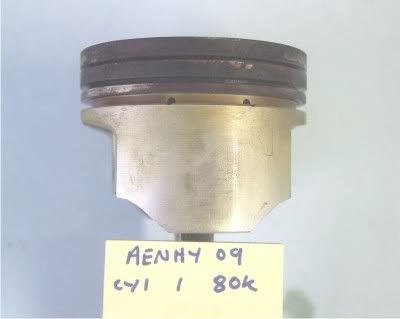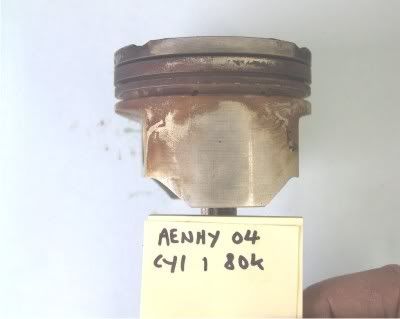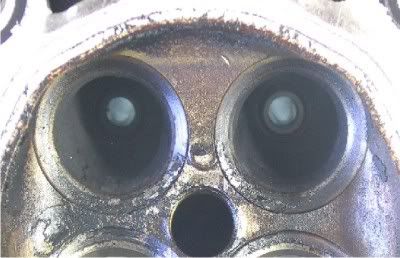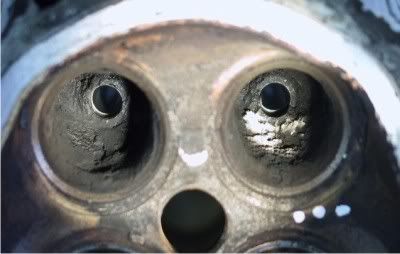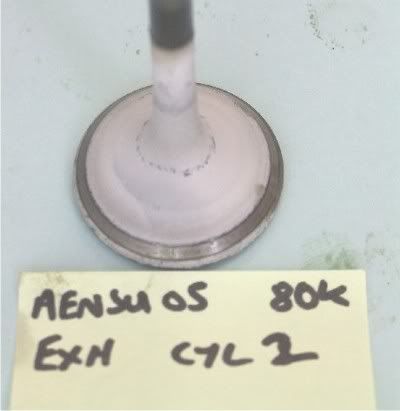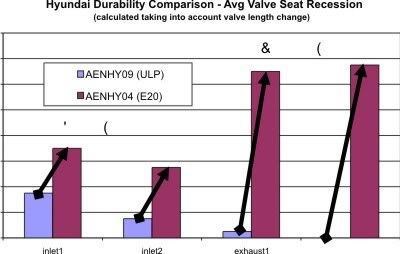Posted: Wed Jun 25, 2008 9:48 am
Cj - Most older automotive textbook talk about 12.5 being the stoich.
the 14.7 comes up in newer data, a lot of vehicles run at this to meet emmisions i think true stoich is still at 12.5
Gwagen- lots of maths but i figured everyone reading could get a chance to see why a fuel with less energy can produce more power. Small building blocks that others may have missed when reading the link.
Another way of looking at it might be put that the 100cc E85 engine is the equivalent of a US 124cc engine as far as power and fuel economy
(Imagine If you could build a g13 that had the same power and fuel economy as a g16 with the option of switching back to petrol g13 economy on an off week. )
the 14.7 comes up in newer data, a lot of vehicles run at this to meet emmisions i think true stoich is still at 12.5
Gwagen- lots of maths but i figured everyone reading could get a chance to see why a fuel with less energy can produce more power. Small building blocks that others may have missed when reading the link.
Another way of looking at it might be put that the 100cc E85 engine is the equivalent of a US 124cc engine as far as power and fuel economy
(Imagine If you could build a g13 that had the same power and fuel economy as a g16 with the option of switching back to petrol g13 economy on an off week. )
